Total solar eclipse, number two
For the second time in my life, I have been privileged to view a total solar eclipse.
With the weather forecasts favoring roughly Illinois in the week or so prior to the eclipse, but with considerable uncertainty still in the cards, Sean and I chose to drive to St. Louis from Denver so that we’d be well-staged for a last-minute location decision. The bartender at our hotel on the west side of town enthusiastically promoted southeastern Missouri as an option; the morning of eclipse day, the final model runs favored that approach. Thus, we headed to just northwest of Poplar Bluff, Missouri, exactly on the line of maximum totality duration.
We set up shop about three hours before the show at a prime location just off the road, flanked on both sides by an increasing number of fellow eager eclipse watchers. Our telescope, which saw its last meaningful use seven years earlier at the previous total eclipse, once again was assembled, aligned, and outfitted with a solar filter cap.
The temperature was very pleasant. Wispy cirrus clouds caused some concern early but blew out after a couple hours. The weather, which had been the source of so much worry and uncertainty, was absolutely perfect.
We talked with our neighbors — young kids, old retirees, middle-agers aplenty — and shared views through our telescope. All were excited about what they were about to see. Many had seen the 2017 total eclipse, which had also passed nearby, and that experience had left them yearning for another hit. I have yet to meet anyone, anywhere, ever, who has actually seen a total eclipse and had anything other than the most superlative praise for the sight.
In due time, the partial eclipse began. We watched the progression through the telescope. One by one, the several sunspots on our star fell out of view as the disc of our moon traveled along. A digital light meter that we brought told the same story in numerical terms, with 130,000 lux falling steadily to 65,000, 30,000, and lower. The world became noticeably dim. The wind, which had been light and warm, shifted around and became cool.
At about 95% obscuration, birds and inspects began singing, instinctually convinced it must be nearly nightfall. I had obviously heard stories about such things, and surely the same must have happened in Wyoming in 2017, but it seems I had forgotten the first-hand experience of it.
The sliver of the sun shrank more and more, then suddenly: totality! All around the horizon was sunset.
Flanked by Jupiter and Venus, the brilliant white silken fingers of the corona surrounded the impossibly black perfect circle of the moon. People cheered, clapped, and wept. I know I couldn’t help but get teary-eyed and choked up; it was just so profoundly beautiful and moving.
The darkness of the black spot of the moon is at once both the most anticipated and least expected feature of the experience. The rest of the sky is a very deep navy blue, but that spot; well, it’s just impossibly black. Even knowing the math and physics of it, I found myself connecting across time to the unknowing ancients who must have puzzled over the sight. The sun was there, then suddenly it wasn’t there. The brightest thing in our existence became the darkest thing imaginable, all in a moment.
Through the telescope, the solar filter now removed, the texture of the corona became almost palpable, and the several prominences which were just barely visible to the naked eye became astonishing twists of red ribbon.
As with the previous eclipse, I deliberately chose not to photograph it. Totality is fleetingly short, there will be plenty of photos from other people, and in any case even the very best photos and videos don’t come anywhere even remotely near to doing the experience justice.
Four minutes and eleven seconds after it disappeared, the sun began its return. Like an LED projector headlight in the distance, a bright pinpoint of light emerged and cast shadows like a full moon. Rapidly, color and warmth returned to the world. Sean remarked that it was like somebody was bringing up the house lights in a theater.
A moment passed; several people clapped and cheered. All of us gathered were in smiles, the unanimous agreement being that the natural show had been top-notch. Whatever expenses had been incurred in time or money had been worth it.
With that gravitas out of the way, we quickly chucked the telescope in the truck and sped off to beat the traffic. If everyone else hadn’t had the same idea, it might have worked, but fortunately, with the aid of old-school map reading and four-wheel drive, we were able to route around the worst of it and make it back to Denver about 15 hours later.
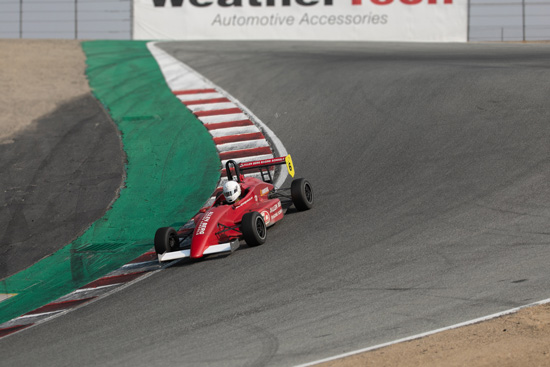
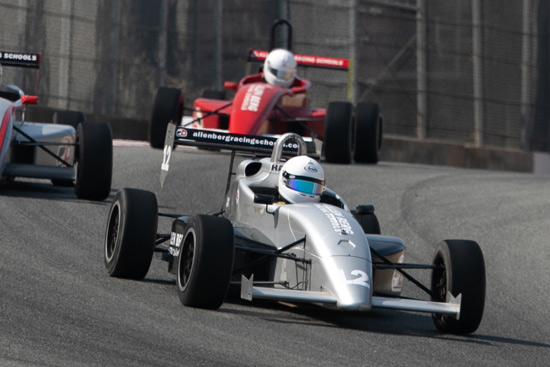
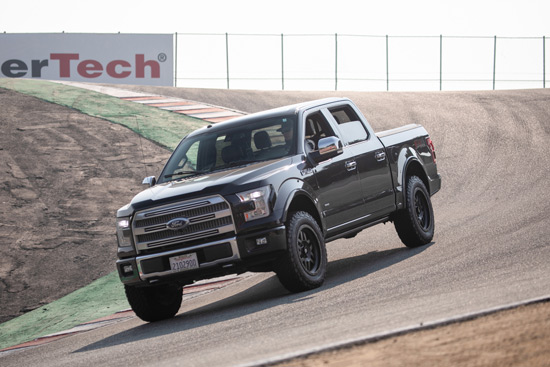
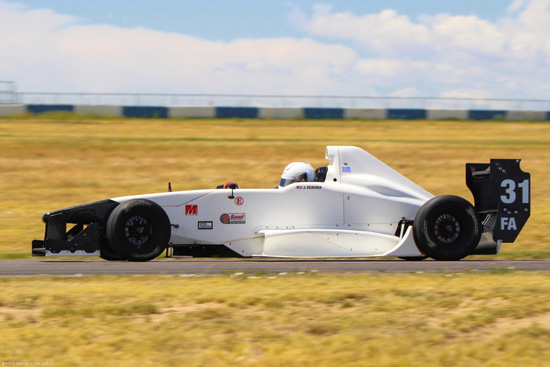
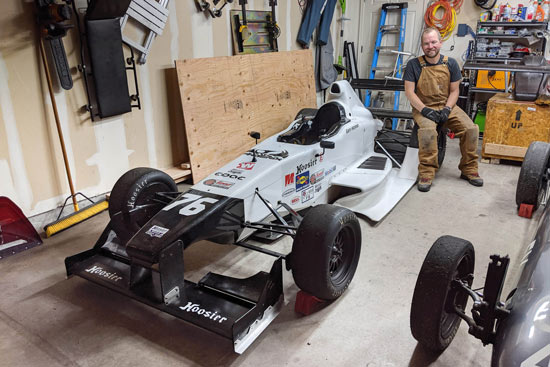
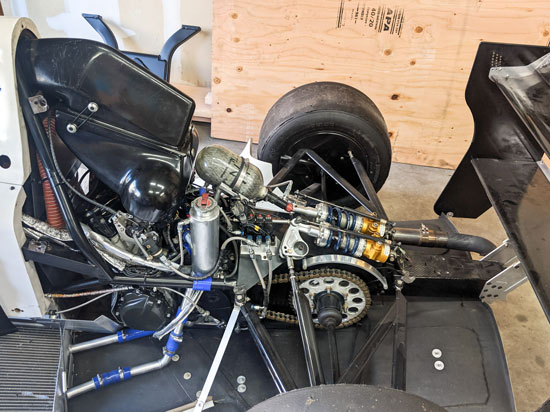
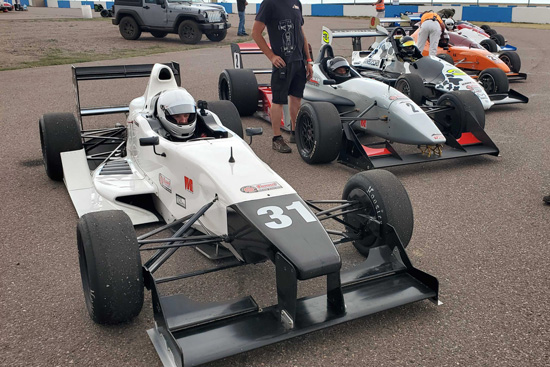
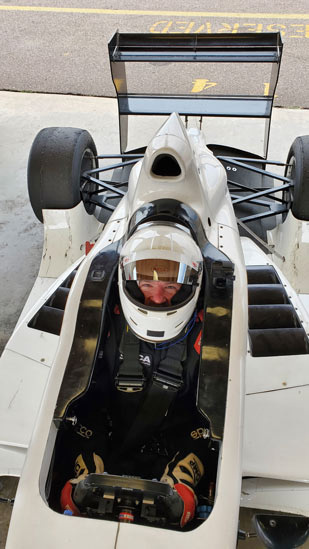
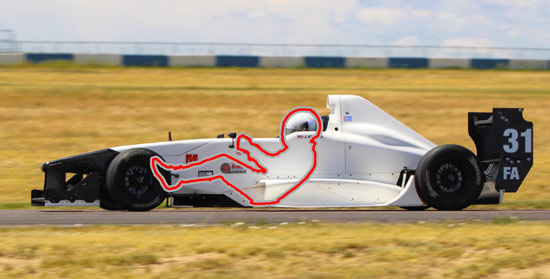
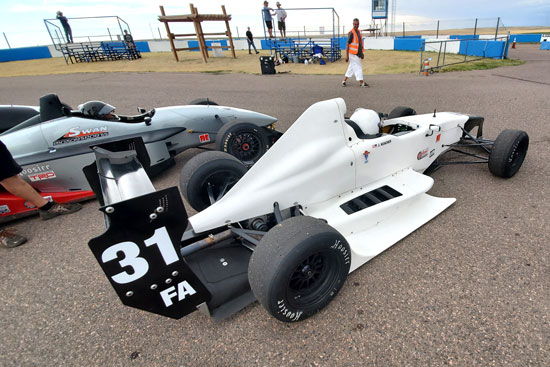
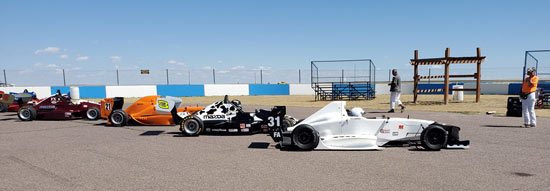
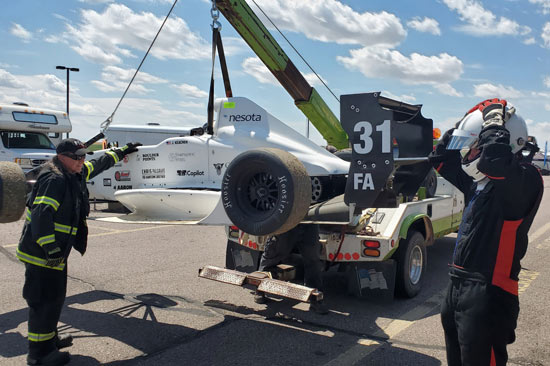
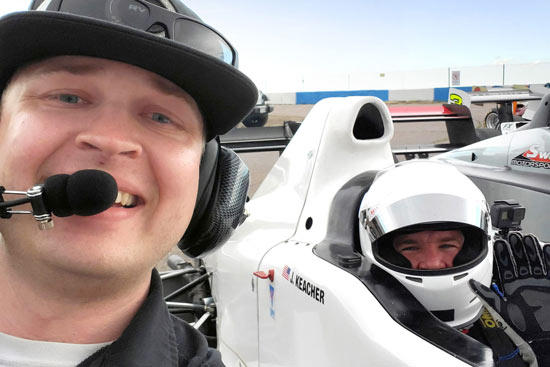
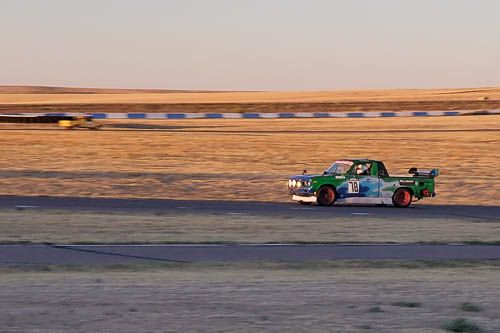
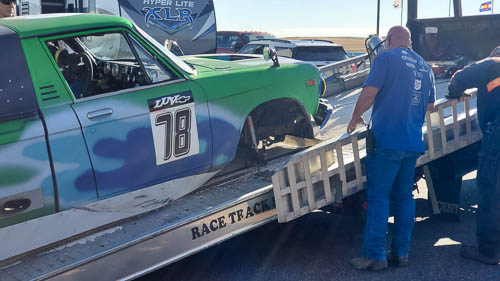
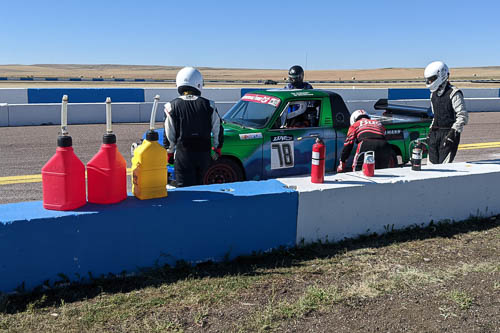
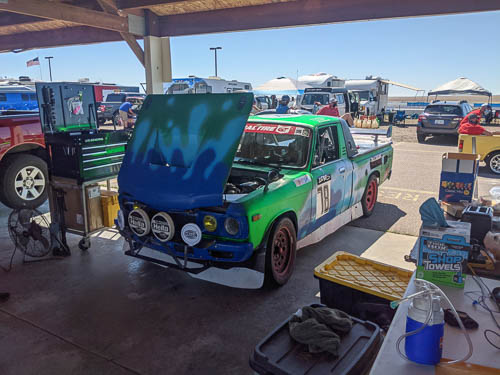
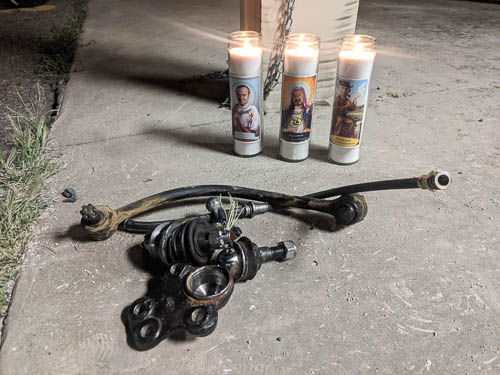
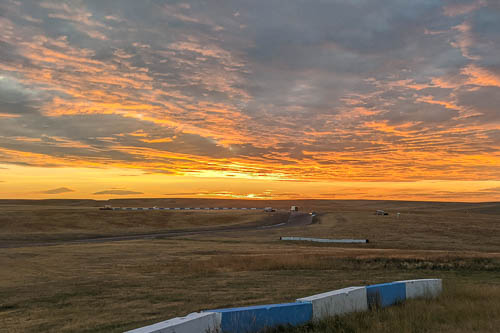
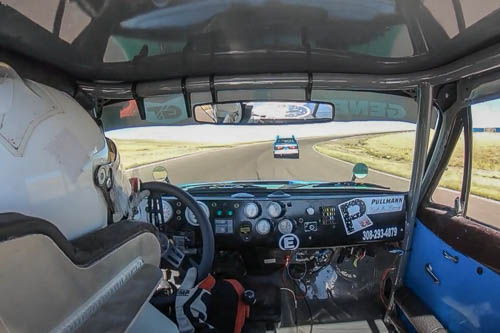
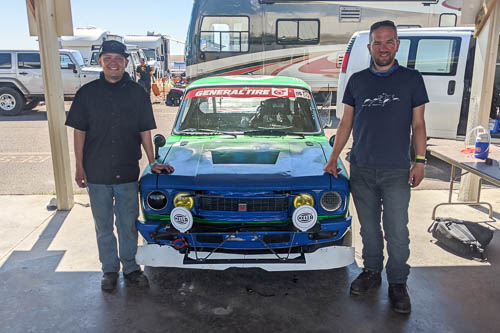
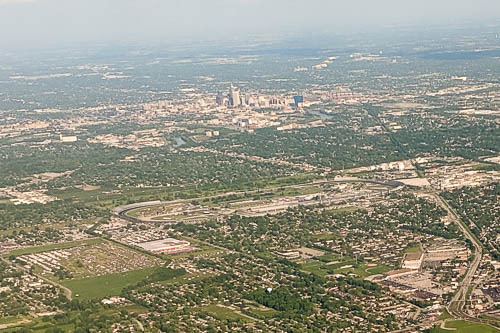
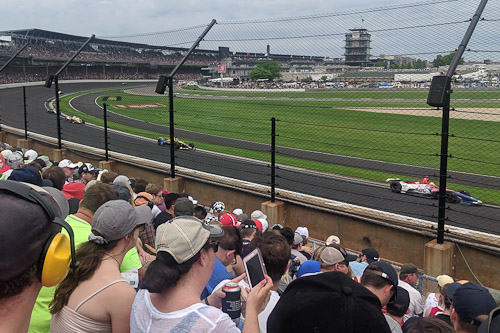
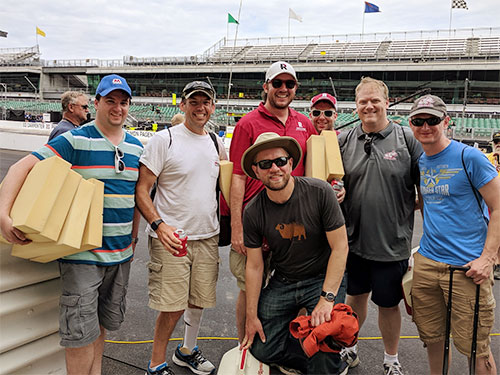
Recent Comments